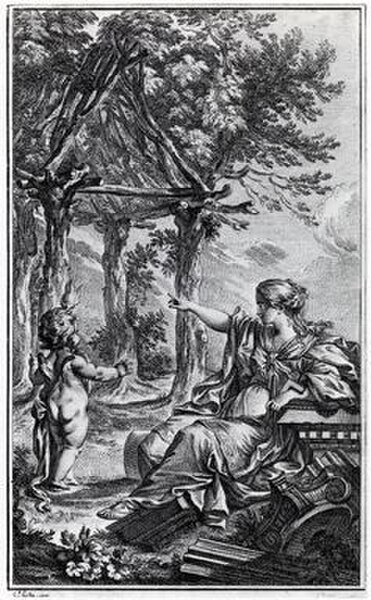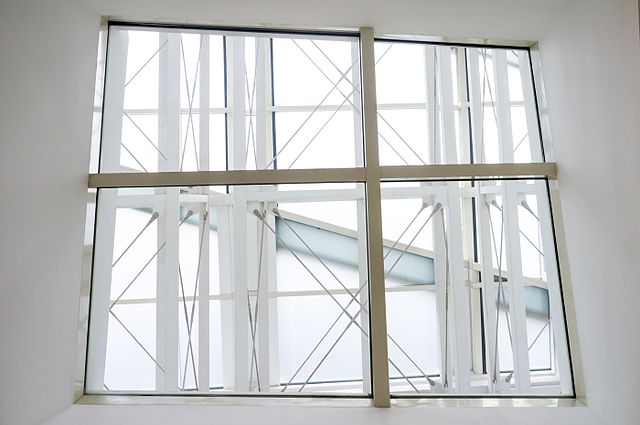Oswald Mathias Ungers was a German architect and architectural theorist, known for his rationalist designs and the use of cubic forms. Among his notable projects are museums in Frankfurt, Hamburg and Cologne.
Hamburger Kunsthalle, Galerie der Gegenwart
Messe Torhaus in Frankfurt
Badische Landesbibliothek in Karlsruhe
Wallraf-Richartz Museum in Cologne
Architectural theory is the act of thinking, discussing, and writing about architecture. Architectural theory is taught in all architecture schools and is practiced by the world's leading architects. Some forms that architecture theory takes are the lecture or dialogue, the treatise or book, and the paper project or competition entry. Architectural theory is often didactic, and theorists tend to stay close to or work from within schools. It has existed in some form since antiquity, and as publishing became more common, architectural theory gained an increased richness. Books, magazines, and journals published an unprecedented number of works by architects and critics in the 20th century. As a result, styles and movements formed and dissolved much more quickly than the relatively enduring modes in earlier history. It is to be expected that the use of the internet will further the discourse on architecture in the 21st century.

1521 Cesare Cesariano Italian translation of De Architectura Libri Decem (The Ten Books on Architecture) by Marcus Vitruvius Pollio. Preserved in the Smithsonian Museum of American History
Frontispiece of Marc-Antoine Laugier's "Essai sur l'Architecture", 2nd ed. 1755 by Charles Eisen (1720–1778). Allegorical engraving of the Vitruvian primitive hut.
A Cidade da Cultura / Eisenman Architects.







